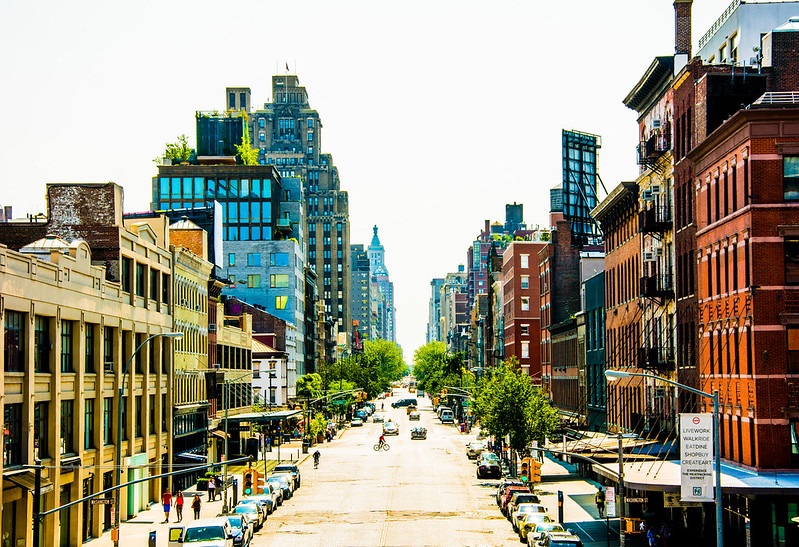
Nothing defines urban life as much as the street, which is a public thoroughfare anyone can use to move from one part of a town or city to another. Throughout western history, streets have been free to use and dependent on government for maintenance and a set of rules. (Ancient Rome, for instance, had strict rules about when carts could use its streets.)
They’ve also had their own character. A street in one part of a city might look and feel very different from a street a few blocks away because of the houses and businesses lining it and the people and vehicles using it.
Roads are different. They are larger thoroughfares that connect cities or regions. They are designed for heavier traffic and tend to be more uniform. And they haven’t always free to use. At various times, governments have imposed tolls on roads to pay for their upkeep—or allowed private companies to build toll roads or toll lanes.
The final step up in size and expense are highways, which are designed for the most extensive and important uses.
In the U.S., we have nearly 4.2 million miles of streets, roads, and highways. Nearly 3 million are rural highways and roads, the rest are urban streets and roads.
And in cities streets are land hogs. The streets of an average American city take up a third or more of its entire land mass. This is an enormous amount of asphalt for governments to maintain. And it’s one reason for the “complete streets” movement, which argues that cities should use their expensive, expansive network of streets for more than just cars and trucks.
So which governments are responsible for building and maintaining streets, roads, and highways? Pretty much all of them. City governments look after streets. Counties manage roads. State governments build and maintain highways, and the federal government designs and finances the most important highways crossing state lines. To this day, you can see this division of responsibilities in the names of roads. There are “county” roads, “state” roads, “U.S.” highways, and Interstate highways.
With few exceptions, then, every time you travel a street or road in America, you are on something built and maintained by a government. And for that, you can give thanks to government.
More information:
https://en.wikipedia.org/wiki/History_of_road_transport
https://en.wikipedia.org/wiki/Street
Give the credit to: local governments 50%, state governments 30%, federal government 20%.
Photo by Claudia Heidelberger licensed under Creative Commons.
Leave a Reply